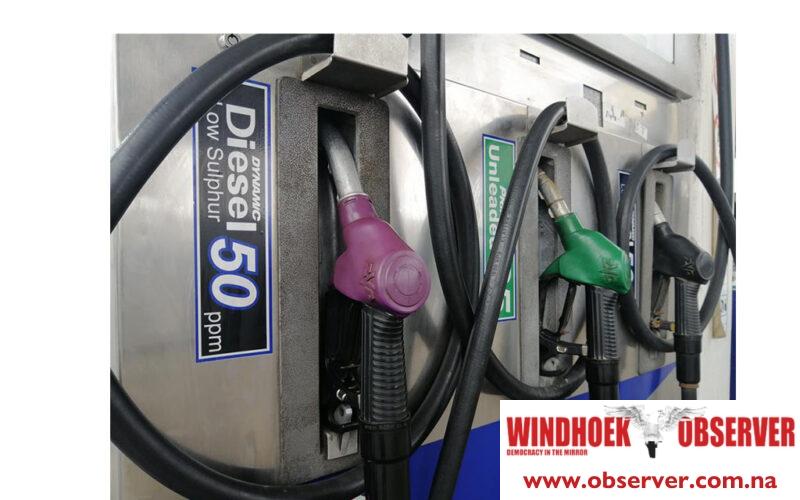Chamwe Kaira
Inflation in the northern regions of Namibia has seen a notable rise, primarily attributed to surging diesel and bread prices.
The Namibia Statistics Agency classifies the northern regions, including Kavango East, Kavango West, Kunene, Ohangwena, Omusati, Oshana, Oshikoto, Otjozondjupa, and Zambezi, as Zone 1 for inflation calculations. This region recorded the highest annual inflation rate of 6.1%, surpassing the other two zones.
The Khomas region followed closely with the second-highest annual inflation rate at 5.2%. Meanwhile, Zone 3, which includes Kharas, Erongo, Hardap, and Omaheke regions, reported the lowest annual inflation rate at 4.6%.
Analyzing the average retail prices of selected products for September, it was evident that consumers in Zone 1 paid the highest price for diesel per liter at N$21.26, while both Zone 2 and Zone 3 paid slightly less at N$21.18 per liter. When it came to white bread, consumers in Zone 2 paid the highest price at N$14.55, followed by Zone 1 at N$14.24. Zone 3 had the lowest price at N$13.16.
For the entire country, the annual inflation rate in September was 5.4%, a notable decrease from the 7.1% witnessed in September of the previous year. Major contributors to this annual inflation rate included food and non-alcoholic beverages (contributing 1.9 percentage points), alcoholic beverages and tobacco (contributing 1.1 percentage points), and housing, water, electricity, gas, and other fuels (contributing 0.8 percentage points).
The inflation basket includes over 350 items, organised into 12 categories and 55 sub-categories, with prices collected monthly from more than 900 retail outlets.
Namibia’s inflation is significantly influenced by three categories within the inflation basket: housing, water, electricity, gas, and other fuels, food and non-alcoholic beverages, and transport, collectively accounting for nearly 60% of the total inflation basket. The IMF believes that Namibia’s average inflation for 2023 will hover around 4.9% inflation.




